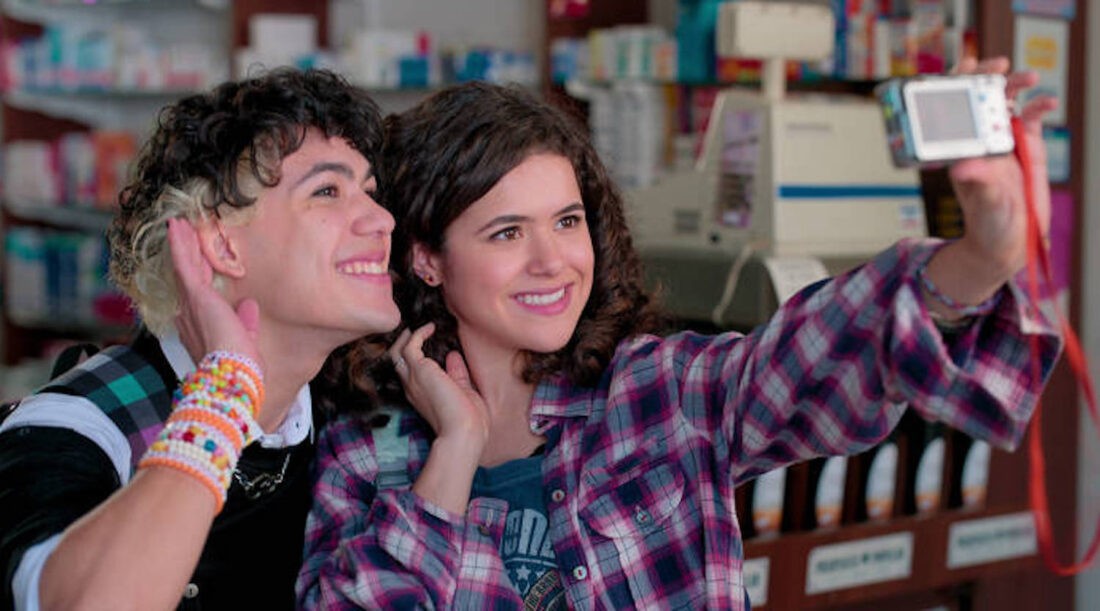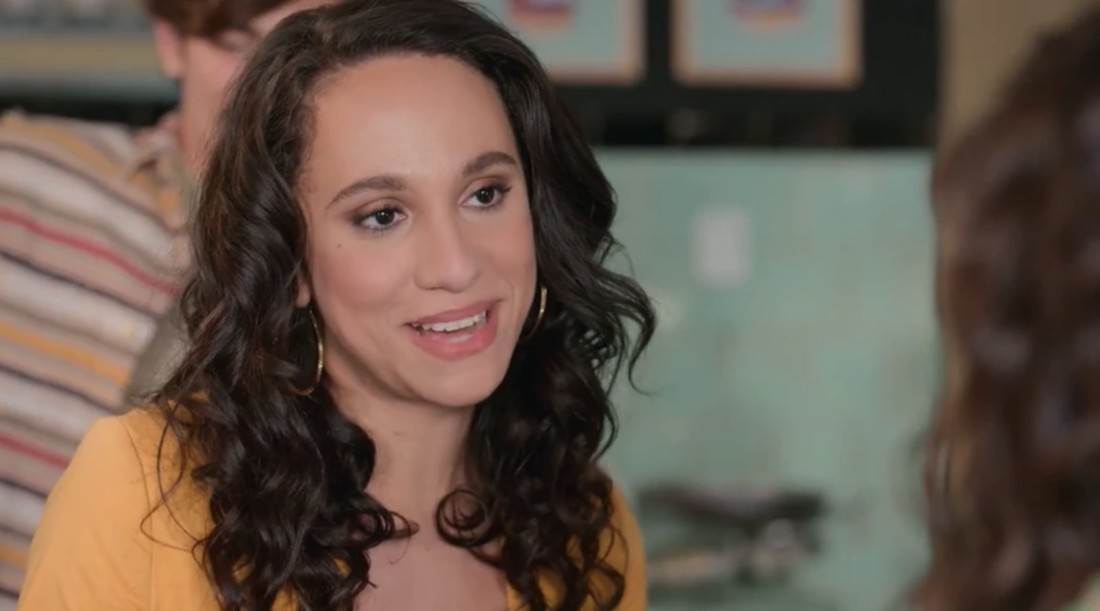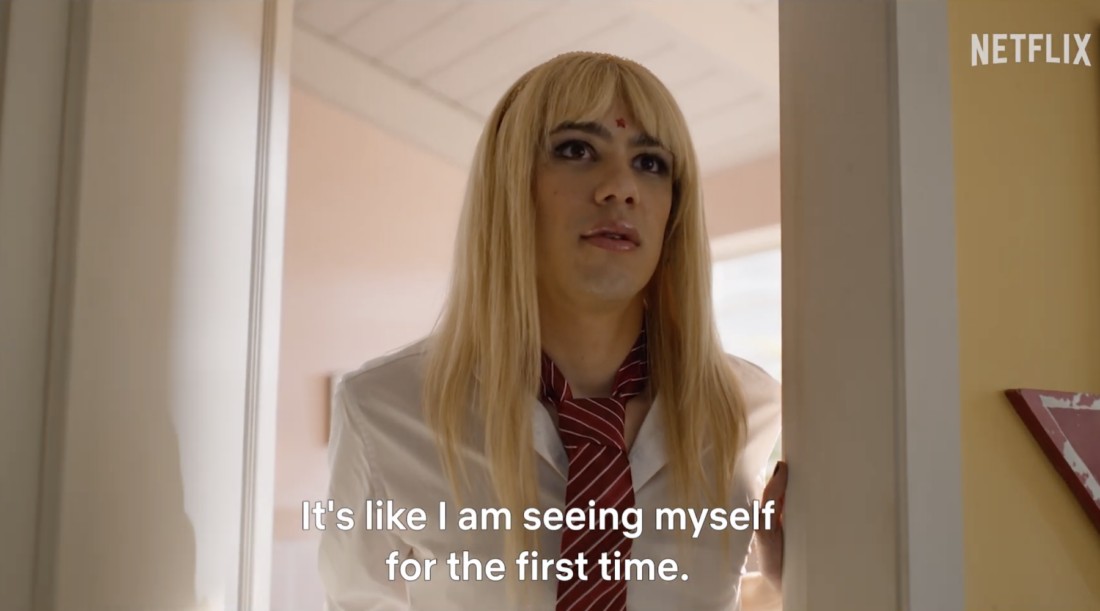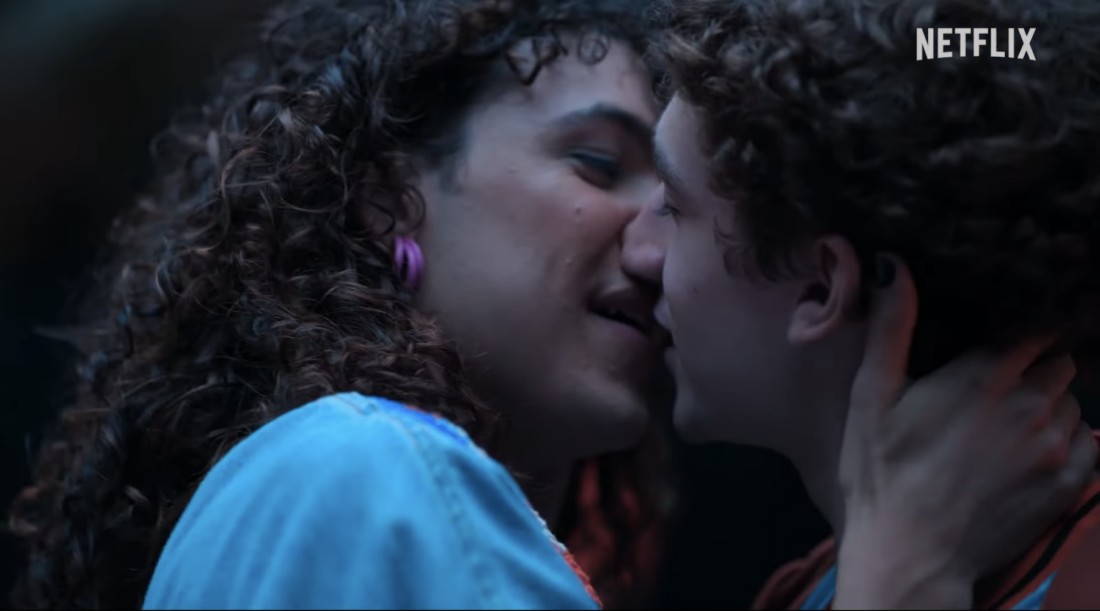Netflix has become a treasure trove for international TV shows, and as a travel enthusiast always on the lookout for cultural gems, I’ve stumbled upon a Brazilian series that’s not just entertaining but also brilliantly blends sci-fi with heartwarming coming-of-age themes. If you’re a fan of tv series that travel back in time, prepare to be hooked on Back to 15 (De Volta Aos 15), a show that’s been quietly winning hearts worldwide with its unique charm and inclusive storytelling.
Imagine waking up one day and finding yourself not just reliving your teenage years, but actually in your fifteen-year-old body. That’s the quirky premise of Back to 15. Anita, a thirty-year-old, feels lost and disillusioned with her adult life. In a moment of nostalgia, she revisits her old photoblog—a relic from the pre-Instagram era—and suddenly, she’s catapulted back to her first day of high school. This isn’t just a simple trip down memory lane; it’s a full-blown immersion into the chaotic world of adolescence, complete with all the awkwardness, drama, and self-discovery that comes with it.
The time travel mechanic in Back to 15 is refreshingly original. Anita discovers that each new photo she posts to her retro photoblog acts as a portal back to the present. However, her attempts to tweak the past have significant and often hilarious consequences in her present timeline. This sets off a delightful back-and-forth as Anita tries to navigate the complexities of teenage life while simultaneously attempting to “fix” her friends’ lives and maybe, just maybe, her own.
While the concept might sound whimsical, De Volta Aos 15 successfully captures a nostalgic tone reminiscent of classic CW or Disney Channel shows, like Kyle XY. It’s this blend of lightheartedness and genuine emotional depth that makes the series so compelling. Beneath the surface of teenage antics and time-traveling escapades, the show tackles relevant issues such as bullying, toxic masculinity, and even gentrification, making it more than just frivolous entertainment.
 Anita and Camila, best friends in Back to 15 TV series
Anita and Camila, best friends in Back to 15 TV series
One of the most standout aspects of Back to 15 is its portrayal of Camila, Anita’s best friend. Camila is a trans girl whose journey is depicted with remarkable sensitivity and authenticity. What’s even more impactful is that Nila, who plays the 15-year-old Camila, was undergoing her own transition during filming, adding an extra layer of depth and realism to the character. Furthermore, Alice Marcone, a trans actor and writer who plays the adult Camila, contributed to the show as a writer, penning two episodes of the first season. This behind-the-scenes involvement ensures that Camila’s story is not only respectfully told but also genuinely lived and understood.
To delve deeper into the making of this captivating series, interviews were conducted with both Nila and Alice Marcone, as well as Gautier Lee, a writer who joined the show in later seasons. Their insights provide a fascinating glimpse into the creative process behind Back to 15.
From Books to Screen: Adapting a Beloved Series
Back to 15 originates from a popular book series by Brazilian author Bruna Viera. Alice Marcone was involved in the show’s development from its inception. Although primarily a screenwriter, Marcone notes the challenges of finding acting roles that resonate with her, highlighting the importance of creating diverse and inclusive narratives in media.
In the books, Camila is a minor, cisgender character. However, Marcone and creator Janaína Tokitaka made a pivotal decision to expand Camila’s role and reimagine her as trans for the TV adaptation. Marcone explained, “Since Netflix wanted to bring contemporary topics into the adaptation, we felt it would be meaningful to reimagine Anita’s best friend as a trans person.” This change not only enriched the narrative but also brought a crucial layer of representation to mainstream television.
Marcone’s connection to Camila’s story is deeply personal. “Camila’s story is deeply personal to me, and much of it is drawn from my own experiences,” she shares. Like Marcone, Camila is portrayed as a writer who is also studying psychology, adding nuances to her character that resonate with Marcone’s own life. When casting began, Marcone auditioned for and secured the role of adult Camila, a testament to her passion and commitment to the project.
Beyond Stereotypes: Crafting a Multifaceted Character
 Alice Marcone as adult Camila in Back to 15 series
Alice Marcone as adult Camila in Back to 15 series
When Nila was cast as teenage Camila, she immediately connected with Marcone, finding they shared a vision for the character. Their collaboration has since blossomed into a close bond, with plans for future projects together. Nila describes playing Camila as a pivotal moment in her own journey of self-discovery as a trans person. During the second season, as Nila was further exploring her identity and transitioning, she engaged in extensive conversations with Marcone about shaping Camila’s character arc.
Marcone explains that in the first season, the writers aimed to portray the pre-transition Camila to illustrate “how the lack of LGBTQIA+ representation, both in media and society, can make self-discovery and self-recognition difficult for transgender people.” Initially, Camila uses an “emo” persona to subtly express her femininity while still presenting as male. Season two marks a significant turning point as teenage Camila transitions. “It was essential for us to craft a coming-out arc that was positive and drama-free, showcasing the acceptance from family and friends that many trans people need but rarely see portrayed,” Marcone emphasizes.
Nila was particularly mindful of ensuring Camila wasn’t reduced to a mere stereotype. “Not turning Camila into ‘the trans character of the series,’” was a key concern, and this intention is evident in the nuanced portrayal. Camila is not solely defined by her trans identity; she’s an aspiring writer with dreams of creating heroic witch stories and grappling with the universal anxieties of creative expression. Intriguingly, in many of the future timelines Anita inadvertently creates, Camila achieves her dream of becoming a bestselling fantasy author, highlighting her potential and aspirations beyond her identity.
Nila elaborates, “The thing I love most about building this character is the fact that Camila’s conflicts, though influenced by her appearances, are not solely restricted to her experience as a trans woman.” As the series progresses, especially in the third season, Camila faces more complex challenges, including writer’s block and romantic entanglements, further establishing her as a well-rounded character. “I want people to see her as just another character who, like the others, is going through her own process of maturing,” Nila asserts. She believes Back to 15 is “a very pioneering series in this regard,” for its commitment to authentic and multifaceted representation.
Nila emphasizes the character’s broad appeal, noting that trans teenagers resonate deeply with Camila’s experiences, particularly her struggles with “loneliness, insecurity and low self-esteem.” Camila’s journey of overcoming these challenges, finding acceptance from her family, discovering love, and achieving self-worth offers an inspiring message for anyone who has ever felt like an outsider.
Time Travel as a Mirror to Self-Discovery
 Teenage Camila in a scene from Back to 15
Teenage Camila in a scene from Back to 15
The allure of tv series about traveling back in time often lies in the exploration of nostalgia. However, De Volta Aos 15 cleverly uses this trope to reveal that the past is not always as idyllic as we imagine. Anita’s time-traveling adventures aren’t just about altering her personal history; they’re about confronting the societal issues that shaped her life’s trajectory. Marcone explains that “Time travel stories help us reflect on who we are,” and potentially accept the choices that have defined us.
Marcone draws an insightful parallel between time travel and therapy: “Time travel can function like therapy. In therapy, the idea is that by revisiting and retelling the past, you can reshape your present. This is the core premise behind many time travel stories, including Back to 15. Anita’s journey is about revisiting different moments and helping herself and others become better versions of themselves. The process of healing, growth, and self-improvement is similar to the therapeutic process of examining one’s past to create a better present and future.”
Writer Gautier Lee emphasizes that “De Volta Aos 15 is completely about self-discovery.” The series underscores that “even in the craziest of timelines, we can still become better people, find our people and grow together.” Lee cites influences from classic time travel narratives like Back to the Future (a recurring reference in season two), as well as Happy Death Day and Bryan Lee O’Malley’s Seconds. When directing a “Groundhog Day” style episode, Lee drew inspiration from the “fun montages” in superhero shows like The Flash and DC’s Legends of Tomorrow, aiming to inject an extra dose of levity into the time-loop trope.
Embracing Queer Narratives
 A kiss scene from Back to 15 TV series
A kiss scene from Back to 15 TV series
While Camila is the primary queer character in the first season, De Volta Aos 15 expands its queer representation in season two, notably with Anita’s sister’s lesbian romance and the introduction of more LGBTQ+ characters. Lee, who joined the writing team in season two, explains that making the show more queer “came naturally to us.” The writers organically developed a lesbian storyline for the character Bruna, and later for Anita’s sister Luiza, integrating queer relationships seamlessly into the teenage narrative. “We tried to build queer stories that felt as natural as any other teenage issue,” Lee states, ensuring that these relationships were portrayed with the same normalcy and complexity as any other teenage experience.
Marcone notes that Netflix’s desire for a “feel-good” show influenced the series’ overall tone. Despite Marcone’s usual inclination towards darker genres, she appreciates how humor can make impactful themes more accessible to audiences. Lee, a Black non-binary dyke, highlights the importance of having diverse voices in the writers’ room. “Having queer and BIPOC writers in the room helped us see even clearer the beauty of being young, queer, and a bit confused by life as any teenager is.” The focus remained on portraying queer teenagers as teenagers first and foremost, navigating typical adolescent experiences like making mistakes, rebelling, and experiencing love and heartbreak.
The success of De Volta Aos 15, reaching the top spot as Netflix’s non-U.S. show for two consecutive weeks, underscores the power of diversity behind the scenes. It proves that inclusive storytelling resonates with a global audience and that tv series that travel back in time, when infused with heart, humor, and genuine representation, can achieve both critical acclaim and popular success. If you’re looking for a show that combines the nostalgia of time travel with the freshness of diverse characters and stories, Back to 15 is a must-watch on Netflix.